
Keeping insects as pets has grown in popularity over the years, with enthusiasts appreciating these fascinating creatures for their unique behaviors, minimal space requirements, and often striking appearances. However, unlike traditional pets like dogs or cats that can express their feelings through sounds or body language we easily recognize, determining the well-being of a pet insect requires a more nuanced approach. Insects communicate their health status in subtle ways that might not be immediately obvious to new keepers. This guide will help you understand the signs of a happy, healthy insect companion and identify potential problems before they become serious. Whether you’re caring for a majestic praying mantis, a colorful stick insect, or a colony of darkling beetles, learning to “read” your insect’s behavior and appearance is essential to providing proper care.
Understanding Normal Behavior Patterns
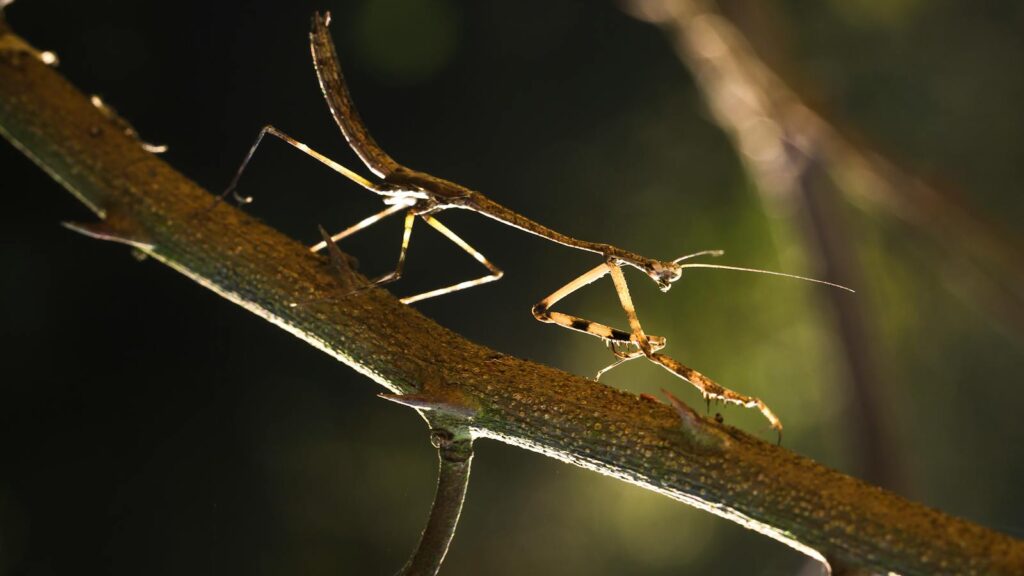
Each insect species has its own unique set of behaviors that indicate health and contentment. Taking time to observe your pet during its peak activity periods will help you establish what’s normal for your specific insect. For example, many stick insects are most active at night, while mantids may hunt throughout the day. Healthy insects typically display natural behaviors associated with their species—hunting, exploring, grooming, or web-building, depending on what type you keep. Regular movement around their enclosure, normal feeding patterns, and typical responses to stimuli are all positive signs. Be aware that some species naturally remain motionless for long periods as a defense mechanism, so inactivity isn’t always cause for concern—context matters when interpreting insect behavior.
Assessing Appetite and Feeding Behaviors

A healthy appetite is one of the most reliable indicators of insect wellbeing. Most healthy insects will eagerly accept appropriate food when offered and maintain consistent eating patterns. You should become familiar with your specific pet’s dietary needs and typical consumption rate. For predatory insects like mantids or spiders, you might observe them actively hunting and capturing prey, which indicates good health and natural behavior. Herbivorous insects should regularly consume plant matter, leaving visible evidence like chewed leaf edges. If your insect suddenly refuses food or shows significantly decreased appetite for more than one or two feeding cycles, this could signal health problems. Remember that some insects may eat less before molting or during seasonal changes, so consider these natural cycles when evaluating appetite.
Examining Physical Appearance

A healthy insect should have an intact exoskeleton without unexplained damage, missing limbs (unless previously lost and not regenerated), or unusual discoloration. The body should appear symmetrical and properly proportioned according to the species standard. Coloration should be consistent with what’s typical for your pet’s species, age, and gender, though some natural variation is normal. The eyes should be clear rather than cloudy or shrunken, and antennae should be intact and mobile. Wings, if present, should lie in their natural position and not appear crumpled unless the insect has recently emerged from a molt. Regular grooming behavior, where insects clean their antennae or limbs, is also a positive sign of health and normal self-maintenance behaviors.
Monitoring Molting Process
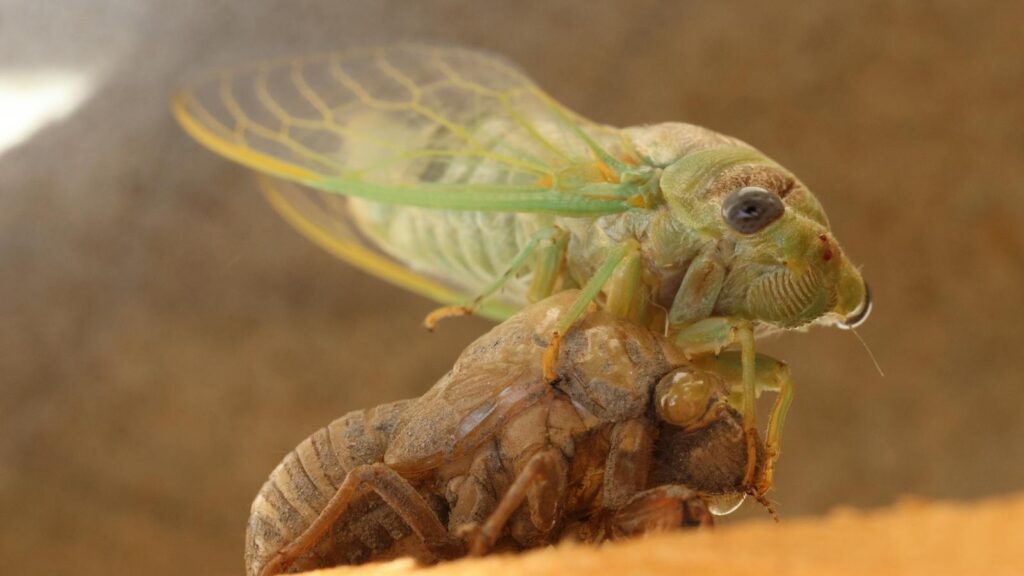
Many insects undergo periodic molting as they grow, and successful molts are crucial indicators of good health. Before molting, insects may become less active and stop eating temporarily, which is normal behavior. During a healthy molt, the insect will shed its old exoskeleton completely and emerge with a larger, often brighter body. The process should occur without major complications, though insects are extremely vulnerable during this time. After molting, healthy insects will gradually resume normal activity and feeding once their new exoskeleton hardens. Failed molts, where the insect becomes stuck in its old exoskeleton or emerges with deformities, can indicate serious environmental problems like improper humidity levels or nutritional deficiencies that need addressing immediately.
Observing Movement and Coordination
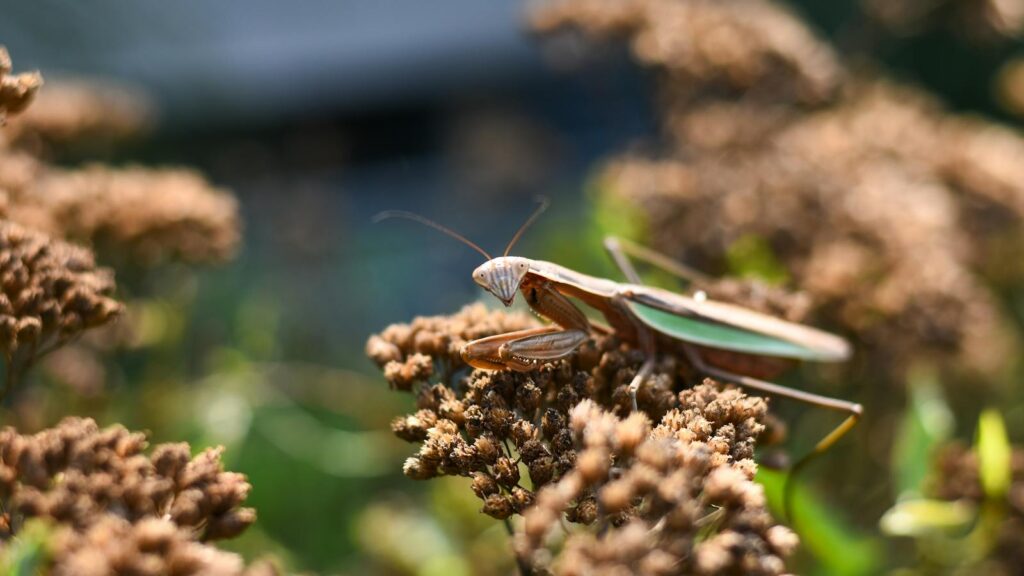
Healthy insects display coordinated, purposeful movement appropriate to their species. Walking should appear smooth and natural, with all limbs functioning properly and in coordination. For flying insects, flight should be controlled and directed rather than erratic or weak. Watch for signs of trembling, uncoordinated movements, or difficulty maintaining balance, as these can indicate neurological issues, poisoning, or infection. Some species have distinctive movement patterns—for example, stick insects often sway to mimic blowing leaves, and this natural behavior indicates good health rather than a problem. If your insect suddenly displays unusual movement patterns, falls frequently, or has difficulty maintaining normal posture, these changes warrant closer observation and potentially a review of husbandry conditions.
Evaluating Reproductive Behaviors
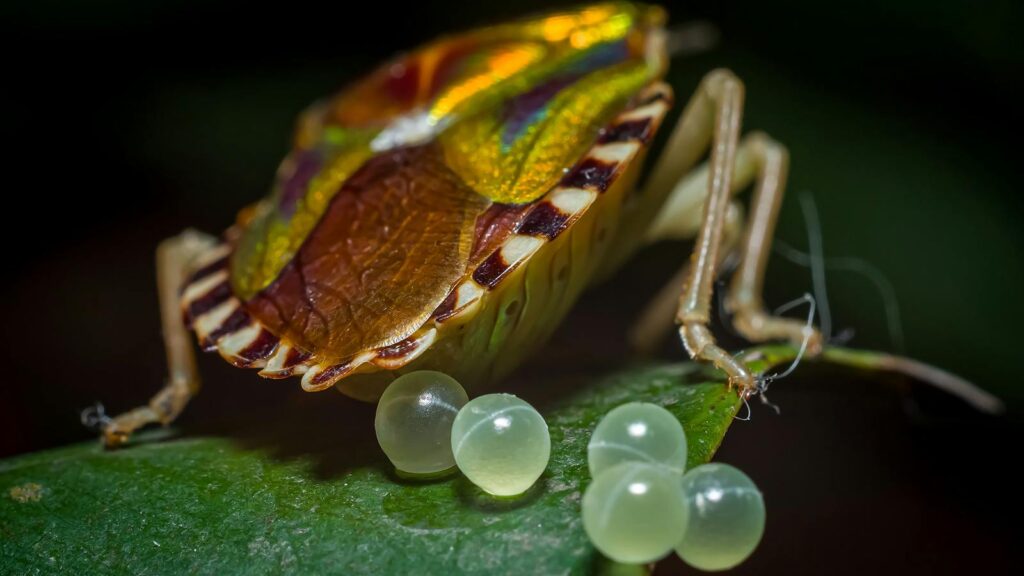
In mature insects, normal reproductive behaviors can indicate excellent health and appropriate environmental conditions. Female insects may display egg-laying behaviors, such as probing substrates with their ovipositors or preparing egg cases. Males of some species perform courtship displays or actively seek females. Successful mating and reproduction cycles suggest your insect is not just surviving but thriving in its environment. However, excessive egg production without proper nutrition can deplete a female insect’s resources, so ensure nutritional needs are being met during reproductive periods. Some species also show interesting parental care behaviors, such as carrying egg cases or protecting young, and these normal behaviors indicate good physical and behavioral health.
Assessing Stress Responses
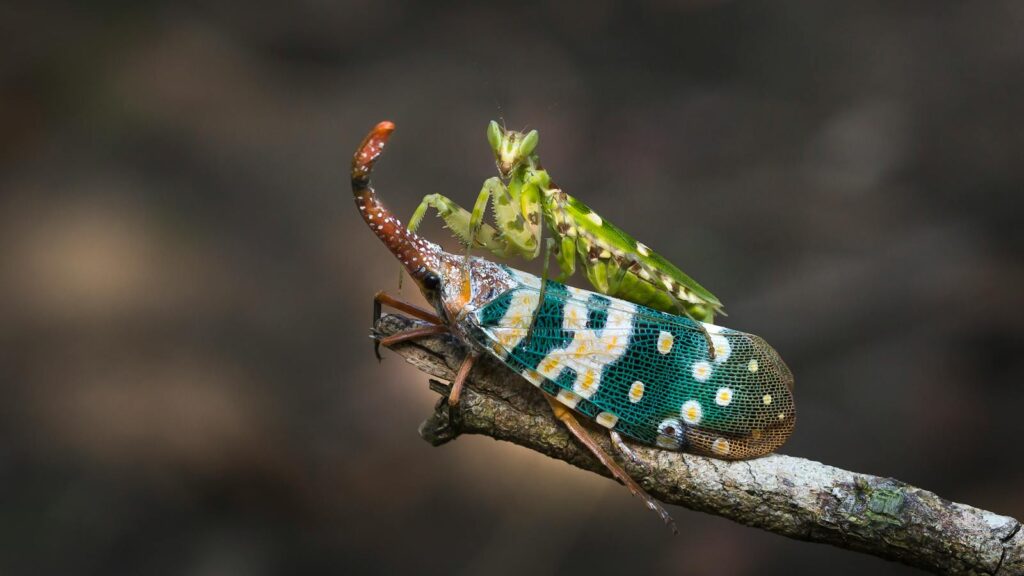
Healthy insects show appropriate defensive reactions when they feel threatened, but shouldn’t display these behaviors constantly. Defensive postures like mantids raising their forelegs, stick insects swaying or extending limbs, or beetles releasing defensive chemicals are normal when triggered by potential threats. However, if your insect consistently shows defensive behaviors without obvious triggers, it may indicate chronic stress from inappropriate housing, excessive handling, or the presence of perceived predators. Some species freeze when stressed, while others become hyperactive—knowing what’s normal for your particular species helps distinguish between appropriate responses and problematic behavior. Creating visual barriers in enclosures and minimizing unnecessary disturbances can help reduce stress for sensitive species.
Creating Optimal Housing Conditions

A happy insect lives in an environment that closely mimics its natural habitat, and observing comfort in the enclosure is a key indicator of wellbeing. Your pet should explore its habitat freely without showing signs of attempting to escape constantly or hiding excessively. The enclosure should provide appropriate temperature gradients, humidity levels, ventilation, and light cycles specific to your species’ needs. Most insects benefit from various climbing structures, hiding spots, and appropriate substrates for burrowing or egg-laying. Watch how your insect interacts with its environment—utilizing different areas of the enclosure, selecting preferred resting spots, and engaging with enrichment items indicates comfort and appropriate habitat design. Regular, natural behaviors performed in the enclosure rather than signs of stress suggest you’ve created a suitable living space.
Identifying Warning Signs of Illness
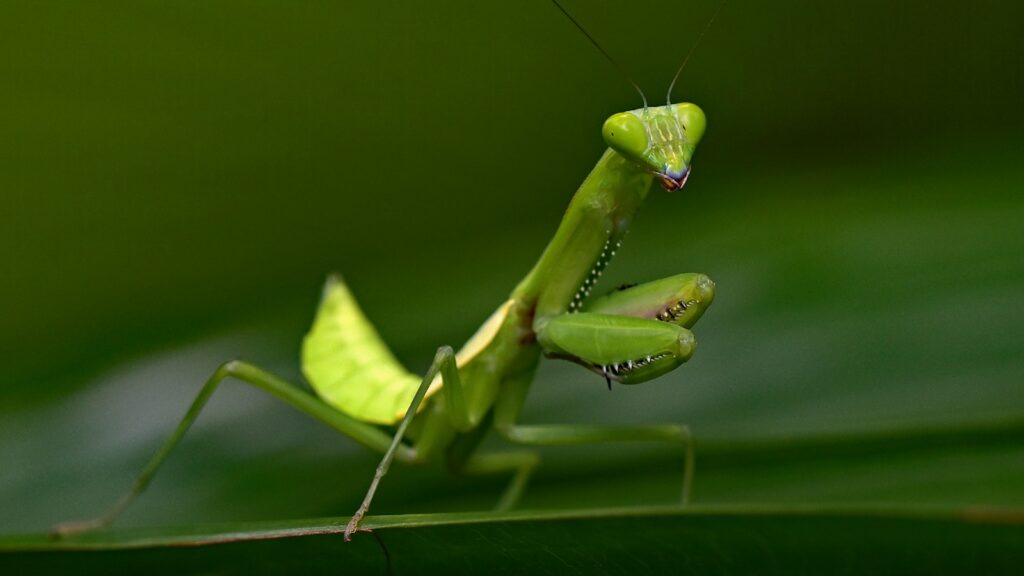
While insects may not show illness in ways familiar to mammal keepers, certain signs should prompt immediate attention. Unusual postures, such as legs curled underneath the body or dragging limbs, often indicate serious problems. Abnormal secretions, unexplained color changes, or visible parasites on the exoskeleton are clear warning signs. Extreme lethargy, where the insect doesn’t respond to gentle stimulation, or conversely, unusual hyperactivity and disoriented movements, can signal distress. A drastic reduction in feeding or complete food refusal outside of normal molting periods requires investigation. Fungal growth on any part of the body appears as white, fuzzy patches and demands immediate action, as fungal infections progress rapidly in insects and are often fatal if not addressed quickly.
Understanding Species-Specific Indicators

Different insect groups display health in ways unique to their biology, making species research crucial for proper assessment. Mantids should hold their bodies upright with alert head movements and regular cleaning of their raptorial forelegs. Stick insects typically hang from branches with secure grips and should molt successfully at regular intervals throughout their growth. Beetles may be assessed by their activity levels, feeding behaviors, and the condition of their wing cases. Social insects like ant colonies show health through coordinated activities, successful brood rearing, and continuous colony development. Researching your specific species’ lifecycle, behavior patterns, and typical health indicators provides the most accurate baseline for evaluating their condition. Specialized forums and care guides for your particular insect can offer valuable insights beyond general insect healthcare principles.
Recognizing Age-Related Changes
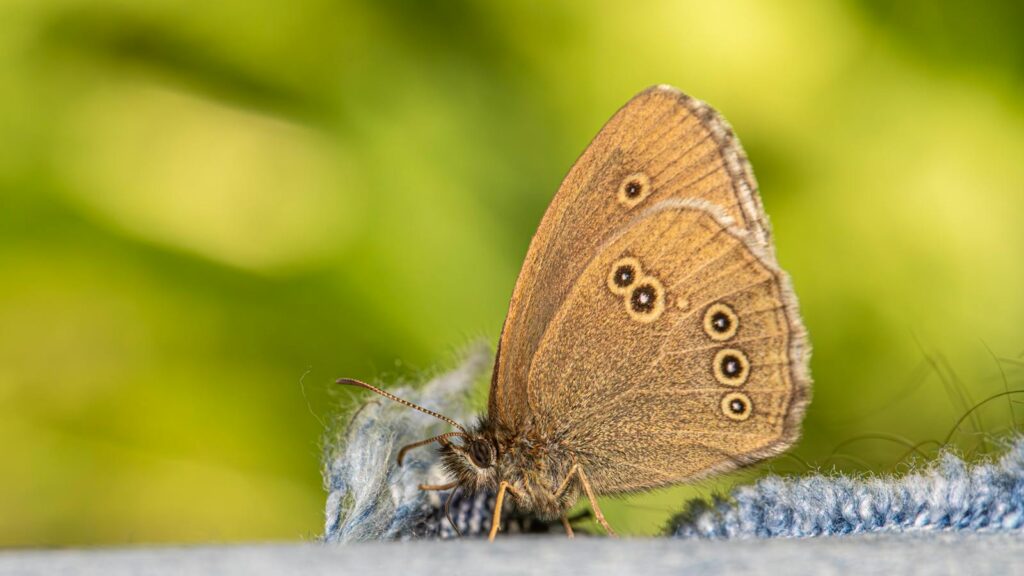
As insects age, certain changes in appearance and behavior are normal and don’t necessarily indicate health problems. Many adult insects naturally become less active and feed less frequently as they reach advanced age. Wing damage in flying species often accumulates over time and doesn’t always signal poor health in older specimens. Color fading is common in aging insects, particularly in species with vibrant coloration when younger. Understanding your species’ typical lifespan helps differentiate between normal aging and actual health concerns. While you cannot prevent natural aging, providing optimal conditions throughout your insect’s life can help ensure they remain comfortable even as they enter their final life stages. For species with dramatic metamorphosis, each life stage will have distinct appearance and behavior parameters that should be researched separately.
Developing a Relationship Through Observation

Regular, patient observation is the most valuable tool for assessing insect wellbeing. Set aside time to watch your pet without disturbing it, ideally during its natural active periods. Keep a simple journal noting eating patterns, activity levels, molting dates, and any behavioral changes to establish trends over time. This record becomes invaluable for spotting subtle changes that might otherwise go unnoticed. While insects don’t form emotional bonds with keepers in the way mammals might, many species can become habituated to routine handling and feeding interactions. Some keepers report their insects showing recognition responses to familiar routines, such as approaching the side of the enclosure at feeding times or becoming calmer during regular handling sessions. These patterns of familiarity can help you gauge your pet’s comfort level and responsiveness.
When to Seek Expert Advice
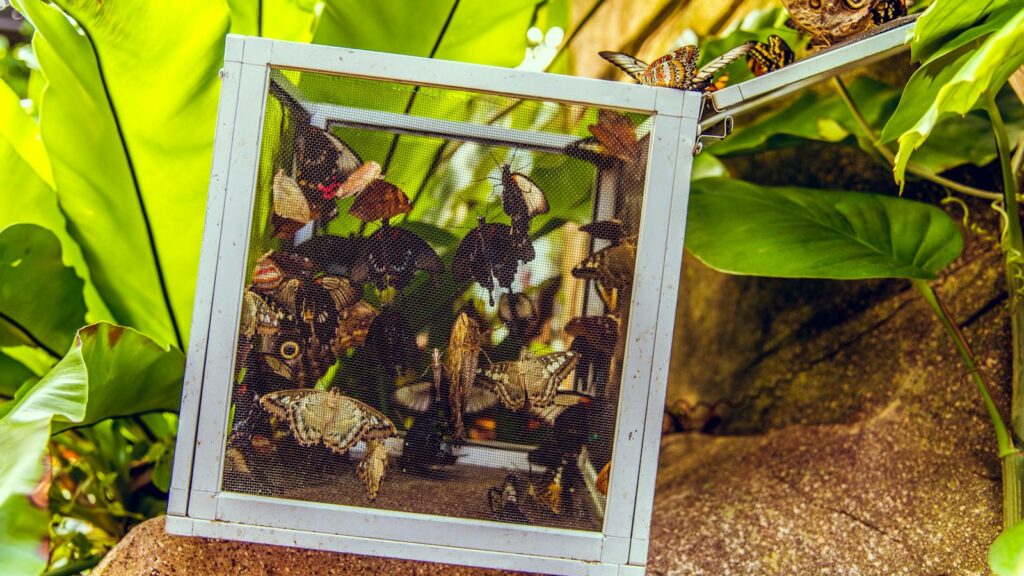
Unlike traditional pets, veterinary options for insects are limited, making prevention and early intervention crucial. If you notice persistent abnormal behaviors, physical changes, or concerning symptoms that don’t resolve within a day or two, seek advice from experienced keepers or specialized exotic pet veterinarians. Online communities dedicated to invertebrate keeping can provide valuable guidance for specific species concerns. Universities with entomology departments sometimes offer consultation services for unusual insect health issues. Document any problems with clear photos and detailed descriptions of the symptoms, environmental conditions, and recent changes to help others provide more accurate advice. Remember that many insect health issues stem from husbandry problems, so be prepared to examine and possibly modify your care routines based on expert recommendations.
In conclusion, while insects may seem alien compared to traditional pets, they communicate their well-being through consistent behaviors, appearance, and interactions with their environment. Learning to “read” these signals takes time and careful observation, but provides rewarding insights into these fascinating creatures. A happy, healthy insect will display species-appropriate behaviors, maintain a good appetite, show normal movement patterns, and successfully navigate life events like molting or reproduction. By providing optimal housing conditions, appropriate nutrition, and minimal stress, you create the foundation for insect health. Remember that many common problems can be prevented through proper research before acquiring a particular species and maintaining consistent care routines. With attention to detail and respect for your insect’s natural behaviors, you can enjoy a successful relationship with these small but remarkable pets.
